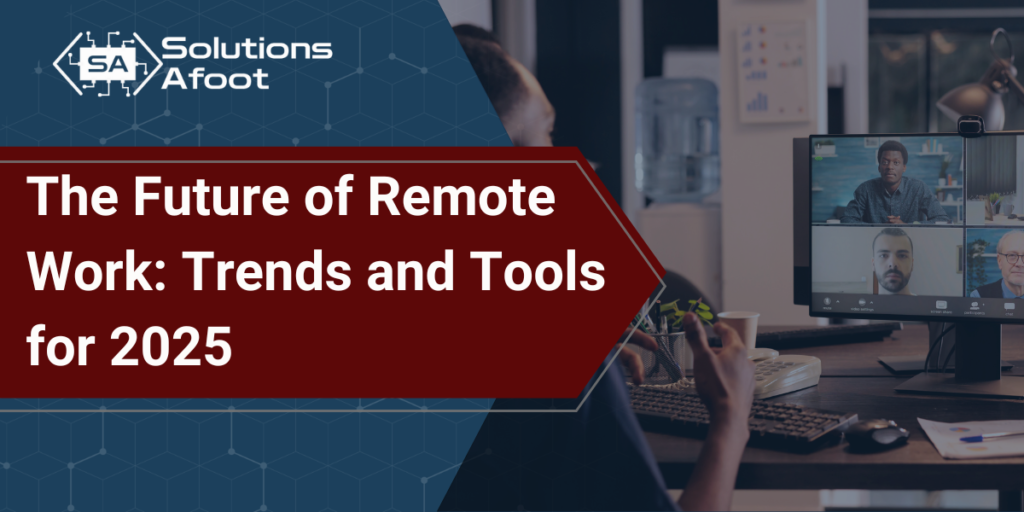The Future of Remote Work: Trends and Tools for 2025

Remote Work in 2025: Trends, Tools, and Strategies for Success
Remote work has shifted from being a temporary solution to a cornerstone of modern business operations. As we move closer to 2025, it’s clear that remote work isn’t just a phase—it’s the new normal. Companies and employees are redefining productivity, collaboration, and workplace culture in this remote-first era.
This guide explores the trends shaping remote work, the essential tools enabling success, and strategies for overcoming challenges. By understanding these dynamics, businesses can thrive in an increasingly distributed work environment.
1. Trends Redefining Remote Work
The future of remote work is shaped by emerging technologies, innovative practices, and shifting workplace values. Here are the key trends driving this transformation:
1.1 Hybrid Work Models
Hybrid work models combine the flexibility of remote work with the connectivity of in-office collaboration.
- Employee Preferences: Many employees prefer hybrid setups, allowing them to split time between home and office. According to a McKinsey survey, 58% of employees desire a hybrid work model.
- Business Benefits: Companies benefit from reduced office costs and higher employee satisfaction while maintaining the in-person interactions necessary for team cohesion.
1.2 AI-Driven Productivity
AI tools are revolutionizing how remote teams operate:
- Task Automation: Automate repetitive tasks like scheduling, email sorting, and data entry.
- Performance Insights: AI-powered platforms analyze productivity data, offering actionable recommendations for improvement.
- Examples: Tools like Notion AI streamline project management, while AI assistants like Clockwise optimize meeting schedules.
1.3 Virtual Reality (VR) Collaboration
Virtual Reality is bridging the gap between remote and in-person work:
- Virtual Offices: Platforms like Spatial create immersive office environments where employees can collaborate in lifelike settings.
- Interactive Meetings: VR tools allow teams to brainstorm, present, and interact in real-time, enhancing engagement and creativity.
1.4 Focus on Work-Life Balance
Employers are emphasizing employee well-being to prevent burnout:
- Flexible Hours: Allowing employees to set schedules that align with personal responsibilities.
- Mental Health Resources: Offering access to counseling, mindfulness apps, and stress management programs.
- Wellness Programs: Initiatives like virtual yoga classes, fitness challenges, and digital detox days.
2. Essential Tools for the Remote Workforce
Technology plays a crucial role in empowering remote teams. Here are the tools that every remote workforce needs:
2.1 Project Management Platforms
Tools like Trello, Asana, and Monday.com help teams stay organized and meet deadlines:
- Features: Task assignment, timeline views, and progress tracking.
- Integration: Sync with communication tools like Slack for seamless updates.
2.2 Communication Solutions
Maintaining effective communication is essential for remote teams:
- Slack and Microsoft Teams: Foster real-time collaboration and asynchronous communication.
- Zoom: Continues to dominate with video conferencing features, now enhanced with virtual backgrounds and transcription services.
2.3 Cloud-Based Systems
Cloud platforms ensure secure and collaborative work environments:
- Google Workspace: Offers tools like Docs, Sheets, and Drive for real-time collaboration.
- Microsoft 365: Combines productivity apps with enterprise-grade security.
2.4 Employee Monitoring Tools
Ethical employee monitoring tools enhance productivity while maintaining trust:
- Time Doctor: Tracks work hours and provides productivity insights.
- Hubstaff: Offers time tracking with optional activity monitoring, focusing on transparency.
3. Challenges and How to Overcome Them
Despite its advantages, remote work introduces challenges that businesses must address proactively. Here’s how to overcome common obstacles:
3.1 Maintaining Engagement
Remote work can sometimes feel isolating:
- Virtual Events: Host online team-building activities, happy hours, or workshops.
- Recognition Programs: Acknowledge employee achievements with virtual awards or shout-outs.
- Team Check-Ins: Regularly scheduled one-on-one and team meetings keep employees connected and aligned.
3.2 Security Concerns
The remote environment increases exposure to cyber threats:
- VPNs: Secure employee connections to company networks.
- Multi-Factor Authentication (MFA): Add an extra layer of security to logins.
- Employee Training: Educate teams on recognizing phishing attempts and best cybersecurity practices.
3.3 Adapting to Technology
The rapid evolution of remote work tools can overwhelm employees:
- Continuous Learning: Offer training programs to familiarize employees with new tools.
- Tech Support: Provide dedicated IT support to resolve technical issues swiftly.
4. Preparing for the Future of Remote Work
Businesses must adopt a forward-thinking approach to thrive in a remote-first world. Here’s how to prepare:
4.1 Upskilling Employees
Invest in training programs that cover:
- Collaboration Tools: Teach employees how to maximize tools like Slack and Microsoft Teams.
- Emerging Technologies: Familiarize teams with AI and VR platforms to stay ahead of trends.
4.2 Investing in Technology
Ensure employees have access to:
- Reliable Hardware: Laptops, webcams, and noise-canceling headsets.
- High-Speed Internet: Offer stipends to improve home office connectivity.
4.3 Building a Remote-First Culture
Create a culture that values flexibility and inclusivity:
- Clear Communication: Define expectations for availability and response times.
- Inclusivity: Encourage input from all team members, regardless of location.
- Well-Being: Foster a supportive environment with wellness programs and mental health resources.
Conclusion: Embracing the Remote-First Future
As we approach 2025, remote work has proven to be more than just a trend—it’s a permanent shift that offers incredible opportunities for businesses and employees alike. By leveraging innovative tools, addressing challenges head-on, and fostering a culture of flexibility and collaboration, businesses can not only adapt to the remote-first landscape but thrive in it.
Ready to excel in 2025?
Solutions Afoot is ready to help you streamline your company’s remote working environment with custom development of an internal employee portal, workflow, and project management tool as well as a custom HR portal! Get started today by scheduling a free exploratory call with our Caspio Certified Developers!
By staying ahead of trends and empowering your workforce, your organization can achieve unparalleled success in the evolving world of remote work.
